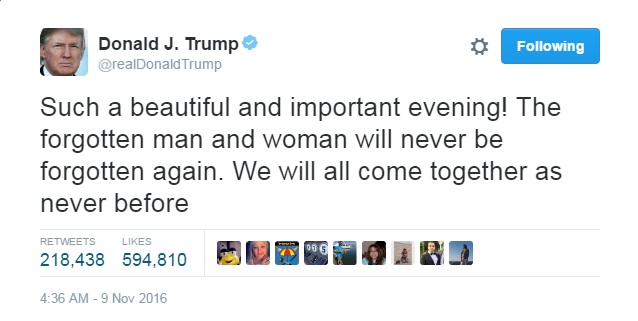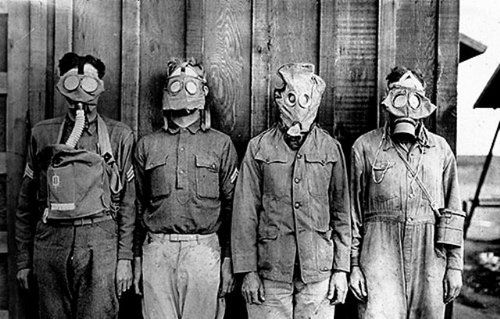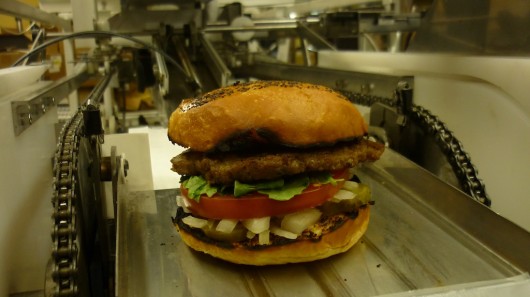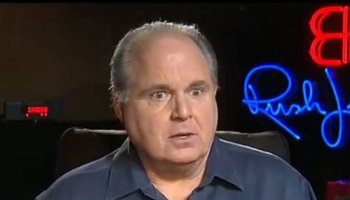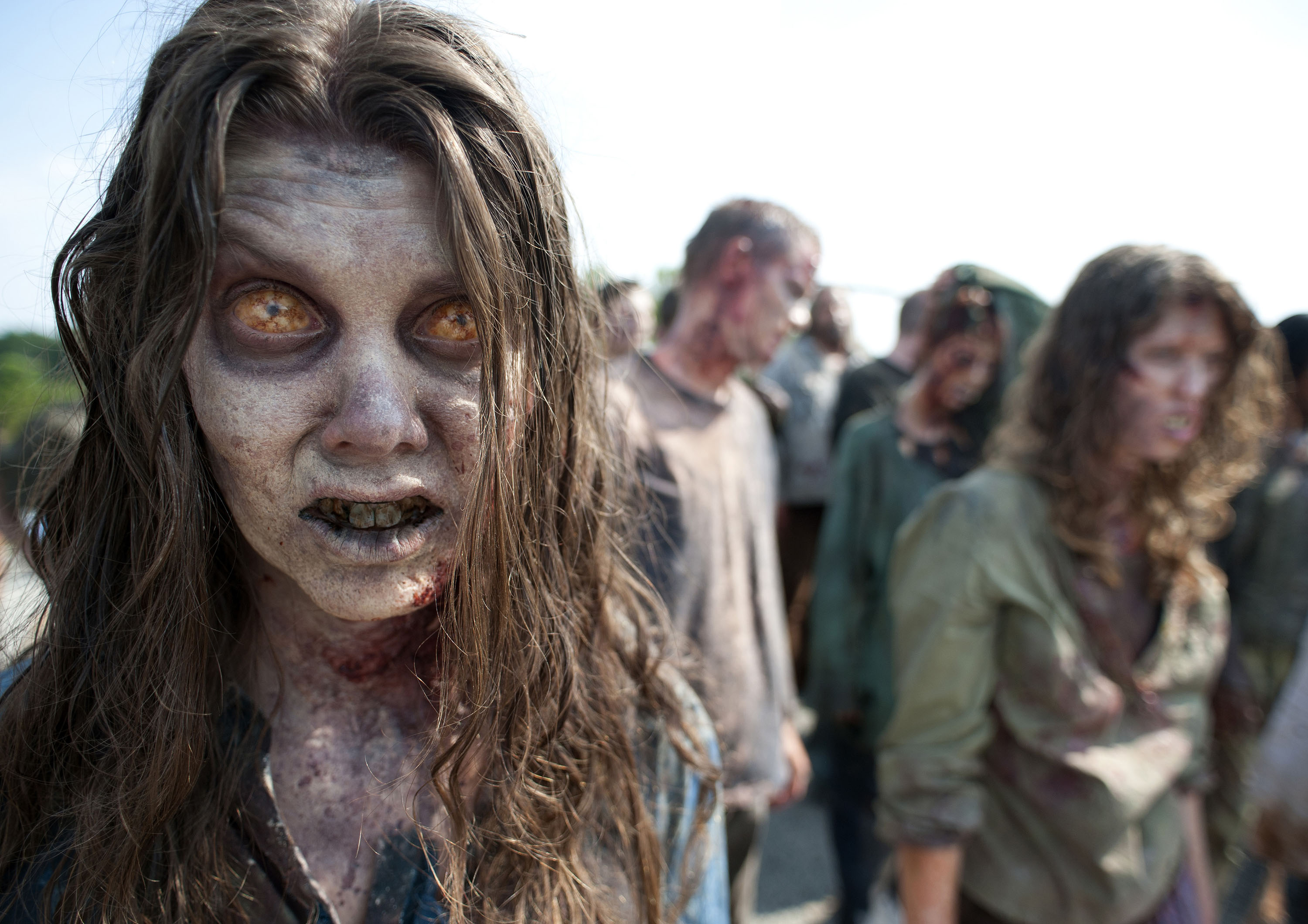


Attendant to the fall of the Soviet Union was the collapse of the country’s social safety nets. Gorbachev’s transitional government and Yeltsin’s reformist one couldn’t stem a low birth rate and great die-off, as Russia depopulated by 5% between 1992 and 2009. The fall of Communism clearly was the cause, right?
The truth seems to be that the demographic disaster was deeply rooted in earlier decades, and high rates of cardiovascular disease and fatal accidents may have their origins in mental-health issues. Those bizarre “Meanwhile in Russia” WTF photos didn’t develop overnight.
Some, including Anne Case and Angus Deaton, see the same crisis now befalling the U.S., with a shocking decline of health and lifespan among white, middle-class Americans, formerly a reliably healthy group. These “deaths of despair” are the result of complicated causes, not linked solely to finances. The remedy is likewise complex.
Two excerpts follow, one about Russia’s rash of needless deaths after the Soviet breakup, and another about America’s current, similar epidemic.
From Masha Gessen’s 2014 New York Review of Books essay “The Dying Russians“:
Sometime in 1993, after several trips to Russia, I noticed something bizarre and disturbing: people kept dying. I was used to losing friends to AIDS in the United States, but this was different. People in Russia were dying suddenly and violently, and their own friends and colleagues did not find these deaths shocking. Upon arriving in Moscow I called a friend with whom I had become close over the course of a year. “Vadim is no more,” said his father, who picked up the phone. “He drowned.” I showed up for a meeting with a newspaper reporter to have the receptionist say, “But he is dead, don’t you know?” I didn’t. I’d seen the man a week earlier; he was thirty and apparently healthy. The receptionist seemed to think I was being dense. “A helicopter accident,” she finally said, in a tone that seemed to indicate I had no business being surprised.
The deaths kept piling up. People—men and women—were falling, or perhaps jumping, off trains and out of windows; asphyxiating in country houses with faulty wood stoves or in apartments with jammed front-door locks; getting hit by cars that sped through quiet courtyards or plowed down groups of people on a sidewalk; drowning as a result of diving drunk into a lake or ignoring sea-storm warnings or for no apparent reason; poisoning themselves with too much alcohol, counterfeit alcohol, alcohol substitutes, or drugs; and, finally, dropping dead at absurdly early ages from heart attacks and strokes.
Back in the United States after a trip to Russia, I cried on a friend’s shoulder. I was finding all this death not simply painful but impossible to process. ‘It’s not like there is a war on,’ I said.
‘But there is,’ said my friend, a somewhat older and much wiser reporter than I. ‘This is what civil war actually looks like. ‘It’s not when everybody starts running around with guns. It’s when everybody starts dying.’
My friend’s framing stood me in good stead for years. I realized the magazine stories I was writing then were the stories of destruction, casualties, survival, restoration, and the longing for peace. But useful as that way of thinking might be for a journalist, it cannot be employed by social scientists, who are still struggling to answer the question, Why are Russians dying in numbers, and at ages, and of causes never seen in any other country that is not, by any standard definition, at war?”•
From “Mortality Crisis Redux,” by Pia Malaney of the Institute of New Economic Thinking:
Case and Deaton estimate that the upturn in mortality rates in the US is starkly divergent from other developed countries, and accounts for 96,000 deaths that could have been avoided between 1996 and 2013. Their latest work delves deeper into the underlying causes of this decline. “Deaths of Despair” — by suicide, drug overdose or alcohol abuse — cannot be completely explained simply by stagnant or declining incomes. Income profiles for middle aged blacks and Hispanics look similar, without a corresponding rise in mortality. Rather, the authors posit, it can be traced to a “cumulative disadvantage over life,” where declining labor market opportunities have led to declining outcomes not just in the labor market but also in health, marriage, and child rearing. In other words, the stress accompanying the shock of downward mobility is likely driving this health crisis.
These results bear a striking resemblance to another demographic crisis: Though we are used to thinking of the Cold War as an economic and political contest without casualties the fall of the Berlin Wall showed us that when economic systems and expectations collapse, people die just a surely as they do in a shooting war. In the early 1990s, in the aftermath of the collapse of the Soviet Union, life expectancy in the former Soviet Union and Eastern Europe fell dramatically. In Russia alone, it was estimated that between 1989 and 1995 there were 1.3 to 1.7 million premature deaths as life expectancy fell from 70 in 1989 to 64 in 1995. The proximate causes there too, were a significant increase in suicides and drug and alcohol abuse, leading to an increase in cardiovascular and liver diseases. The primary victims? Middle aged men and women. Once again, in-depth studies found that it was not direct deprivation, nor collapse of the health system that were driving these deaths. Rather they could be traced to the psychological stress likely brought on by the shock of the severe economic transition. Unable to cope with the aptly named “shock therapy,” older (mostly) men essentially drank themselves to death. The country has still not recovered, with mortality rates amongst working age men considerably higher than other EU and BRIC countries.•







